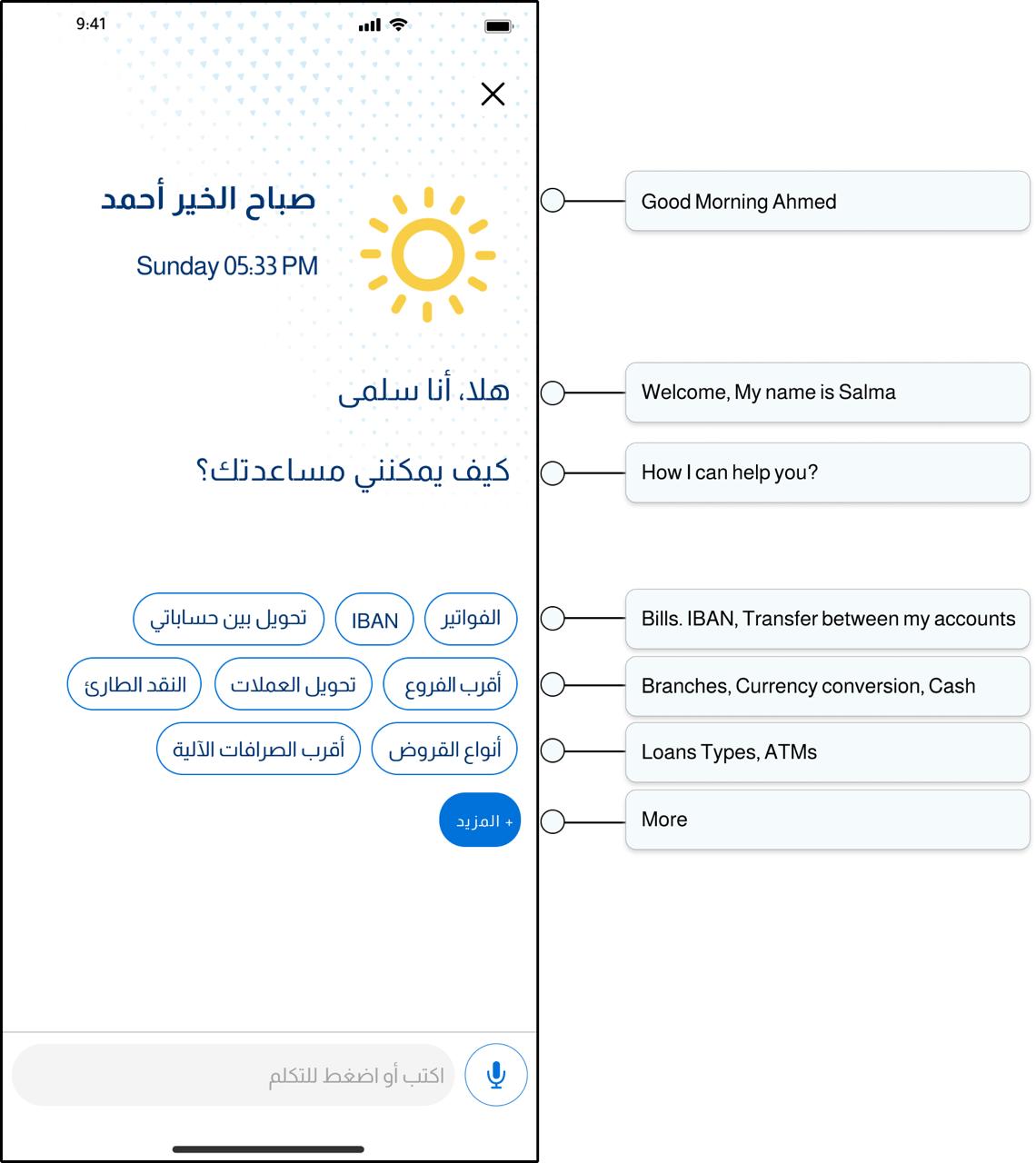
Saleem M.S. Shublaq
I'm currently working as a Technical Product Manager. I hold an MSc in AI and BSc in Software Development from IUG. I have developed many Android apps since 2012 and worked as a lecturer at IUG for 5 years.

I'm currently working as a Technical Product Manager. I hold an MSc in AI and BSc in Software Development from IUG. I have developed many Android apps since 2012 and worked as a lecturer at IUG for 5 years.

The aim of this research was to investigate the effectiveness of voice-enabled predictive AI chatbots on the user experience in the context of multi-dialect mobile banking applications.
A few studies have been conducted to evaluate the effectiveness of using Modern Standard Arabic (MSA) versus dialects in voice-enabled banking chatbots, focusing on customer trust, satisfaction, and mental effort. Research has shown that the type of Arabic language used can impact customer adoption. Specifically, effort expectancy influences adoption when dialect Arabic is used, while performance expectancy has no effect on the adoption of a bank chatbot (Hmoud et al., 2023). Research has revealed significant differences among the four levels of tone of voice, a casual tone of voice has the strongest impact on both trust and customer satisfaction, both individually and combined, followed by formal, enthusiastic, and funny tones. The study also examined whether age moderates the effects on trust and satisfaction and found no moderating effect of age (Akcora and C., 2020). Furthermore, there is limited existing literature on the factors influencing whether Arab prefers Modern Standard Arabic or dialect when using voice-enabled chatbots in the banking sector.
The present research aims to address the following research questions 1. What is the effect of voice enabled multi dialect banking chatbot on satisfaction? 2. What is the effect of voice enabled multi dialect banking chatbot on trust? 3. What is the effect of voice enabled multi dialect banking chatbot on mental effort? 4. What is the effect of task difficulty on satisfaction, trust and mental effort on voice enabled multi dialect banking chatbot.
To address these research questions several methods were used as part of a design thinking approach to prototype design and evaluation. These included Ideation, that aimed to generate new design concepts of designing a voice-enabled chatbot focusing on cognitive load types principles (Paas et al., 2016); Prototyping and testing iteratively designed four conversation flows (two in MSA and two in the Jordanian dialect). The experiment was a within-subjects controlled study comparing two MSA conversations to two in the Jordanian dialect.
A total of 35 individuals participated in the controlled study. They were all asked to complete one task using 4 prototypes;two for FAQs, with one responding in MSA and the other in the Jordanian dialect using the same questions, and two for transferring funds, with one interacting in MSA and the other in the Jordanian dialect. After their interaction with each prototype participants were asked to self-report their experience of interacting with the prototypes using the System Usability Scale (SUS) by Brooke (Brooke, 1986), the mental effort scale by Paas (Paas, 1992) and the trust by Lankton (Lankton, McKnight and Thatcher, 2014). All sessions, including exit interviews, were recorded for transcription analysis. The hypothesis was that the dialect-based chatbot would outperform the MSA versions in trust, satisfaction, and mental effort.
The results of the two-way withing subjects design showed that there were no statistically significant differences between the four prototypes in terms of usability satisfaction and mental effort at the 0.05 level. However, the majority of prototypes different significantly from the others in terms of trust (p <0.001, partial eta squared = 24.489).
Our results suggest that when designing an Arabic voice-enabled chatbot, UX designers should focus on cognitive load principles and ensure the voice is clear. Additionally, the choice between MSA and dialect should be based on user needs and context, as qualitative data indicates no significant difference overall.



